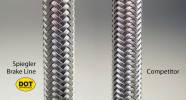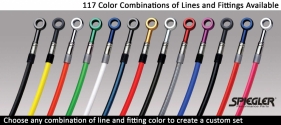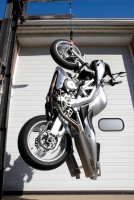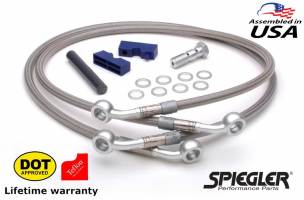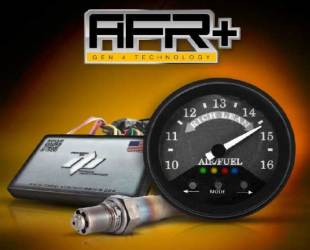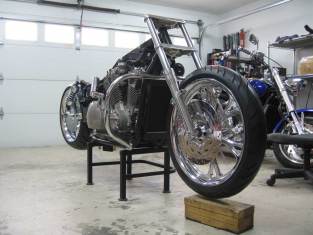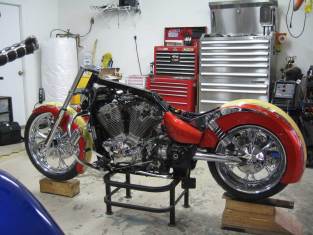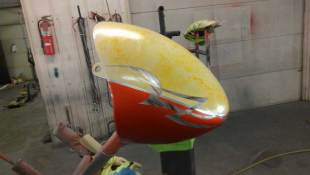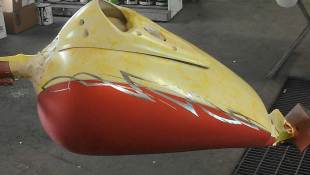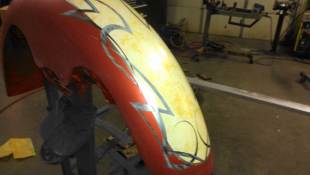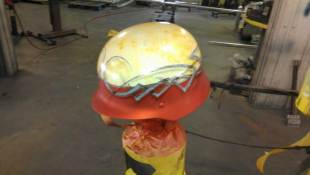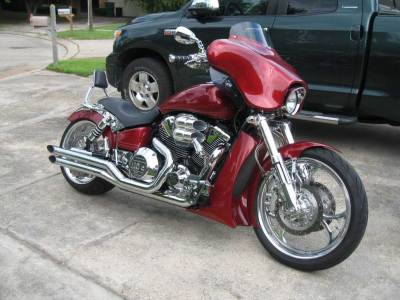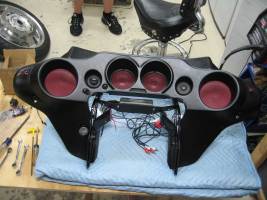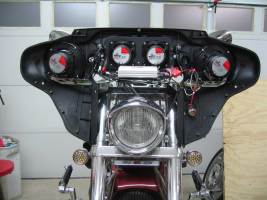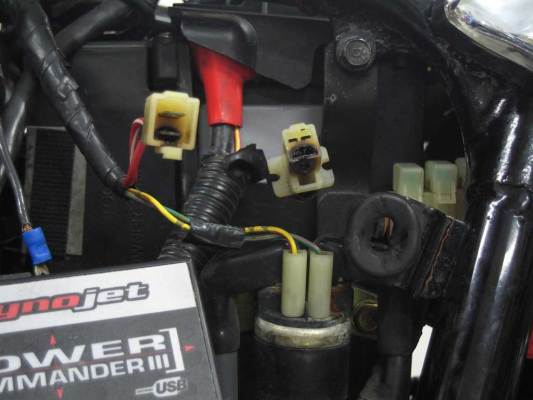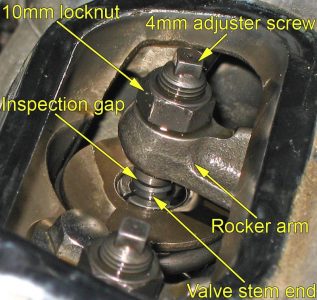I’ve been a Spiegler dealer for a lot of years and in that time I’ve yet to find a company who makes hydraulic lines that I’d prefer to use on my own bike. Their attention to detail rivals my own, and they rarely leave me thinking “I could have done it better this way”. Now, it’s easy to throw all the standard marketing lines at you and say things like:
- Spiegler brake lines are covered by a lifetime warranty.
- Spiegler uses only the finest materials like tight weave stainless braid, DuPont Teflon lining, and high grade stainless steel crimp sleeves.
- Spiegler’s unique patented torsion fitting system allows for 360 degree rotation of banjo fittings. This allows you to correctly align your fittings and eliminate line “twist” that occurs with other lines.
- Spiegler designs, develops, and manufactures all lines in their Dayton, OH facility.
- Spiegler brake lines are DOT approved.
Here’s the rub though, and the reason I’m writing this now. It wasn’t until recently that I realized what a big deal that DOT rating is. I’ve long been aware that Spiegler is one of the only (if not the only) companies to carry that DOT rating in the braided stainless aftermarket. If you don’t believe me, ask other aftermarket companies that make braided lines and see what they say.
Now it’s one thing to do crazy publicity stunts like hanging an entire motorcycle from a single brake line (Spiegler did that – see pic at left) but it’s something else entirely to comprehend the severity of the testing the lines have to undergo in order to get that DOT rating (video below). If you haven’t watched the video I’ll summarize it for you – in order to get a DOT certification Spiegler lines must be pressurized to 235 PSI while spinning at 800 RPM for 35 hours! That is 1.68 million revolutions while under 235 pounds of pressure!
Now this kind of testing costs money and it isn’t “sexy” which explains why most aftermarket companies don’t bother to get the certification. Instead they spend that money on fancy packaging, marketing, or just profit which explains why sometimes they can be a little cheaper. But after seeing the video I realized why Spiegler makes the safest and most reliable brake lines you can buy and that is the kind of quality and peace of mind I want installed on my bike if I have to brake in an emergency situation.
If you’re interested in Spiegler brake or clutch lines (or anything else Spiegler has to offer), please drop us an e-mail and we’ll be happy to set you up with whatever you need.
Spiegler lines and fittings are available in 117 different color combinations (including chrome) to fit your needs. You can go to the Spiegler website here and click “brake line color selector” on the left OR you can download the free color selector app for your smartphone (available for both iPhone and Android).
Since Spiegler makes everything in house we can also order custom lengths specific to your bike (let’s say you have taller handlebars or risers) or if you’re working on a truly custom project we can have a complete custom line set built to your specs. There is a guide on measuring for custom lengths on Spiegler’s website here. Just find out what you need and contact us, we can get it special ordered and out usually in under 48 hours.


